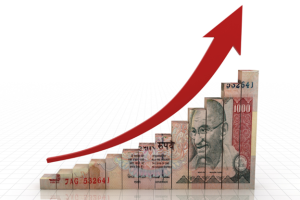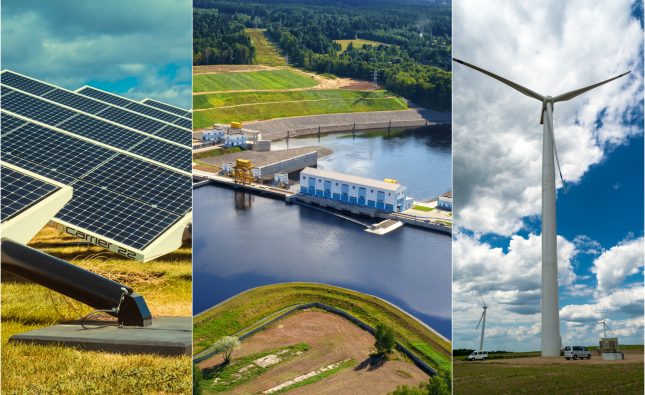
Government policies play a crucial role in driving economic expansion in Asia. The implementation of strategic policies by governments in the region has a direct impact on the growth and development of their economies. By creating a conducive environment for businesses to thrive, governments can stimulate economic growth and attract foreign investments. For example, policies that promote trade liberalization and investment in infrastructure have been instrumental in driving economic expansion in countries like China and India.
Asia’s economic growth sets the pace for global advancement. With a population of over 4.6 billion people, Asia is home to some of the fastest-growing economies in the world. The region’s rapid economic growth has not only lifted millions of people out of poverty but has also positioned Asia as a key player in the global economy. By implementing sound economic policies, Asian governments have been able to sustain high levels of economic growth and attract investments from around the world.
The role of small and medium enterprises in Asia’s growth

Small and medium enterprises (SMEs) play a crucial role in driving economic growth in Asia. These businesses are the backbone of many Asian economies, contributing significantly to job creation, innovation, and economic development. By providing opportunities for entrepreneurship and fostering competition, SMEs help to drive economic growth and create a vibrant business environment in the region.
They play a crucial role in Asia’s leading world economy. SMEs account for a significant portion of Asia’s GDP and employ a large percentage of the region’s workforce. By supporting the growth of SMEs through policies that promote entrepreneurship and innovation, Asian governments can further stimulate economic expansion and drive sustainable development. The success of SMEs in Asia is a testament to the region’s potential for economic growth and prosperity.
Urbanization and its economic impact
Urbanization plays a key role in driving economic growth in Asia by increasing productivity. As more people move to urban areas in search of better opportunities, cities become hubs of economic activity and innovation. Urbanization leads to higher levels of productivity, as workers in urban areas have better access to education, healthcare, and infrastructure, which in turn drives economic growth in the region.
Urban areas in Asia attract investments, boosting economic development. As urban populations grow, cities become attractive destinations for businesses looking to expand their operations. The concentration of economic activity in urban areas leads to increased investments in infrastructure, technology, and human capital, further fueling economic development in Asia. By leveraging the economic potential of urbanization, Asian countries can continue to drive growth and development in the region.
Asia’s position in the global economy
Image by : Yandex.com 2
Asia’s strong economic growth drives the global economy. With its rapidly expanding economies and growing consumer markets, Asia has emerged as a key player in the global economy. The region’s economic success has not only benefited its own citizens but has also had a significant impact on the world economy. By driving global trade, innovation, and investment, Asia has become a major driver of economic growth and development on a global scale.
Asia leads the world in economic growth and development. With its dynamic economies, diverse cultures, and innovative industries, Asia has positioned itself as a leader in the global economy. By harnessing the potential of its vast resources and human capital, the region has been able to achieve unprecedented levels of economic growth and development. As Asia continues to expand its influence on the world stage, it is poised to shape the future of global economic growth and prosperity.
Future prospects and potential growth sectors in Asia

Future prospects for economic growth in Asia are promising. With a young and dynamic population, abundant natural resources, and a growing middle class, the region is well positioned to continue its economic expansion in the coming years. By investing in key sectors such as technology, healthcare, and renewable energy, Asian countries can drive sustainable growth and development, creating new opportunities for businesses and entrepreneurs.
Identifying potential growth sectors in Asia for economic development is crucial. By focusing on sectors with high growth potential, such as e-commerce, fintech, and green technology, Asian countries can capitalize on emerging trends and drive innovation in their economies. By investing in education, research, and infrastructure, governments can create an enabling environment for these sectors to thrive, driving economic growth and creating new opportunities for their citizens. As Asia continues to lead the world in economic growth, the region’s future prospects look bright, with ample opportunities for sustainable development and prosperity.










